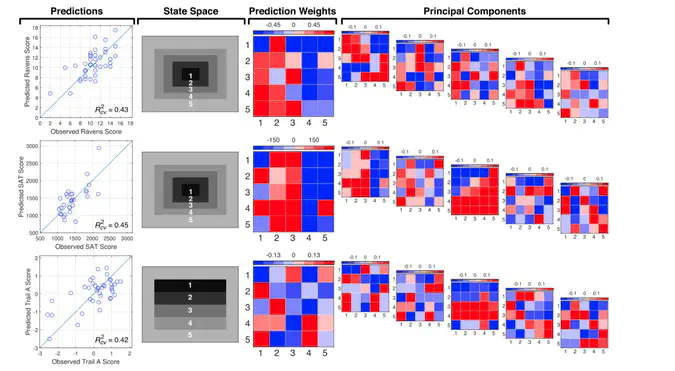Scan patterns during real-world scene viewing predict individual differences in cognitive capacity

Abstract
From the earliest recordings of eye movements during active scene viewing to the present day, researchers have commonly reported individual differences in eye movement scan patterns under constant stimulus and task demands. These findings suggest viewer individual differences may be important for understanding gaze control during scene viewing. However, the relationship between scan patterns and viewer individual differences during scene viewing remains poorly understood because scan patterns are difficult to analyze. The present study uses a powerful technique called Successor Representation Scanpath Analysis (SRSA, Hayes, Petrov, & Sederberg, 2011, 2015) to quantify the strength of the association between individual differences in scan patterns during real-world scene viewing and individual differences in viewer intelligence, working memory capacity, and speed of processing. The results of this analysis revealed individual differences in scan patterns that explained more than 40% of the variance in viewer intelligence and working memory capacity measures, and more than a third of the variance in speed of processing measures. The theoretical implications of our findings for models of gaze control and avenues for future individual differences research are discussed.